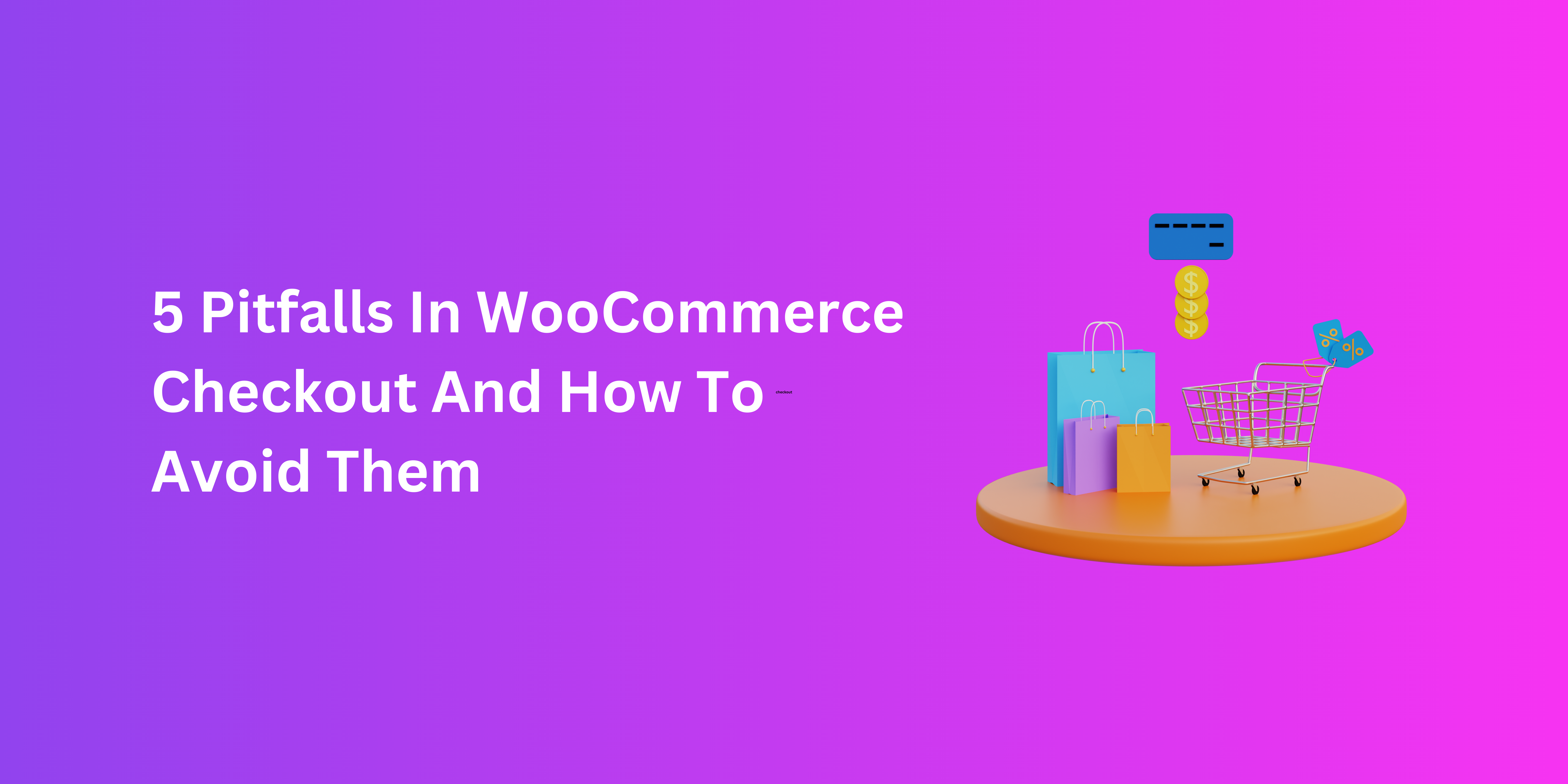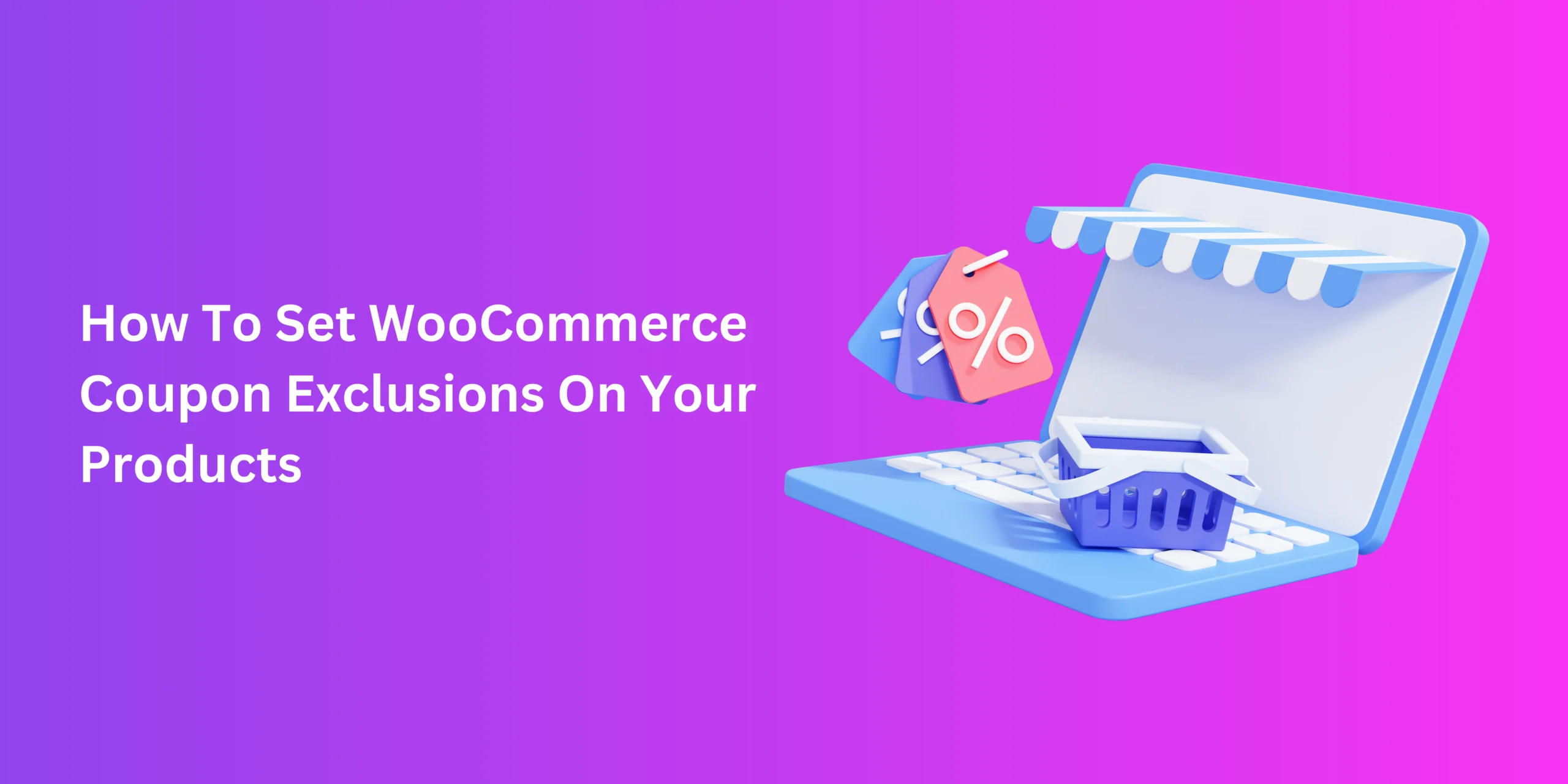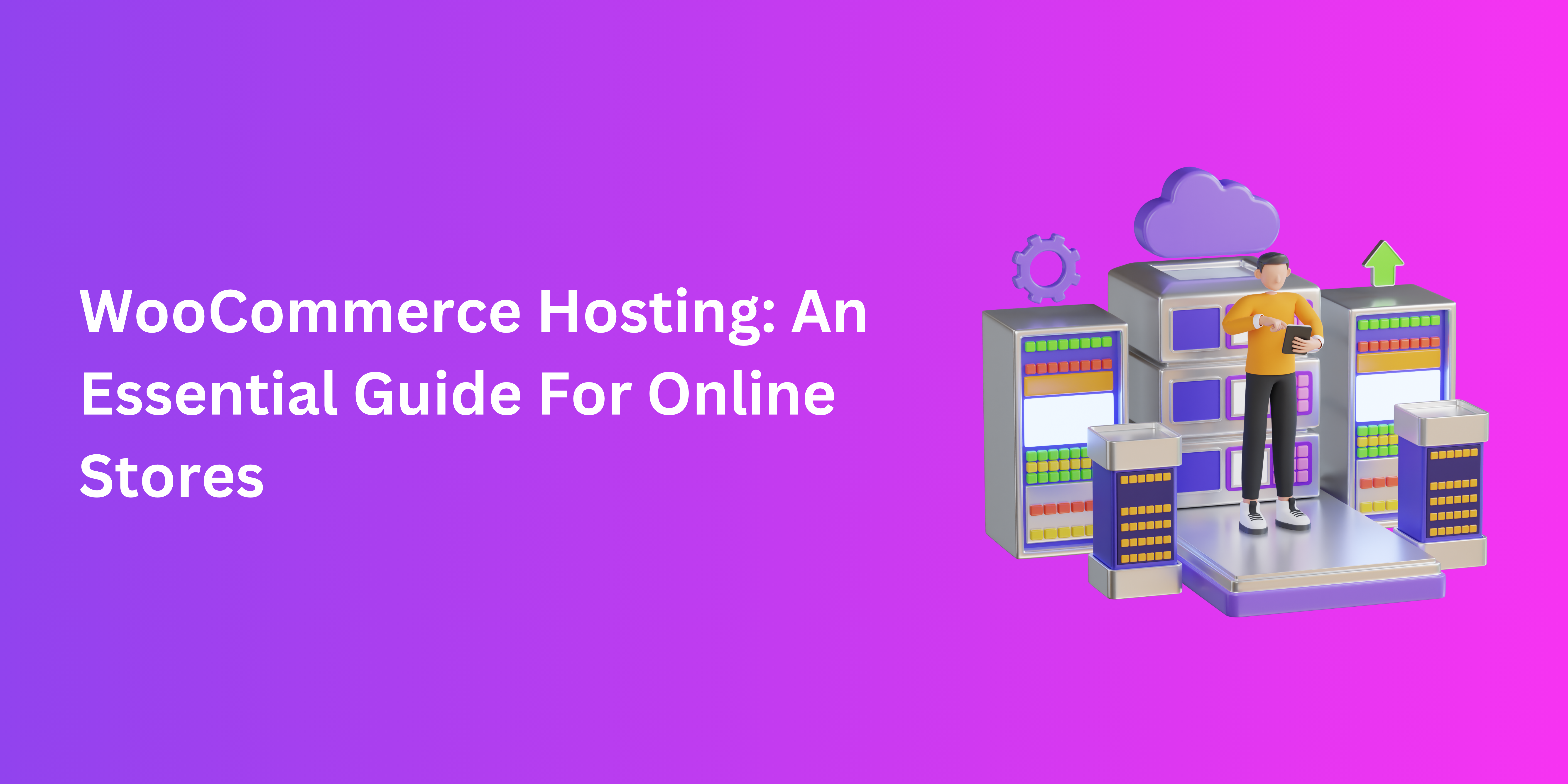Perfecting your online store is a meticulous and lasting process. The battle to design the perfect user experience demands professionalism, attention to detail, and, for good measure, a reliable checkout manager for WooCommerce (woocommerce checkout). And yet, for many online businesses, the experience ends up with users unsatisfied.
The checkout process isn’t just a single distinct step in e-commerce, but a key touchpoint that several factors influence at once. If your checkout page isn’t living up to your expectations, it’s worth addressing the core problem to identify a solution. To do that, you must recognize what makes a functional checkout flow in WooCommerce.
The Anatomy Of WooCommerce Checkout
A checkout page consists of multiple elements which work in tandem to help buyers complete their online purchases. Some elements are fairly obvious and straightforward, while others are less conspicuous or operate discreetly.
A typical checkout form might be a landing page, dialogue box, or pop-up that the store should redirect you to when you click Buy. They will consist a series of fields which allow the buyer to enter their information and confirm the specifics of their purchase.
There are different sections of a checkout form which are laid out either on a single page or across a multi-step checkout process. These include
- User information
- Billing and shipping
- Payment details
- Contacts
- Order Summary
Other crucial aspects include the template, user interface, help desk, and cybersecurity details. All of these combine to ensure that your buyers experience no issue when buying from your online store.
However, if one or more of these areas either need more optimization or experience hiccups, they can derail the experience. This contributes to poor impressions, abandoned carts, and plummeting conversion rates and sales.
5 Major Checkout Issues That You Need To Avoid
Checkout management is a lot more than adding new fields and features to your forms when it is convenient. It encompasses the long-term maintenance of a uniform and engaging checkout process front and back, for each user, across possibly thousands of e-commerce interactions.
To reach that goal, you’ll have to navigate a gauntlet of hurdles. The following are some key problems that can frustrate or disillusion buyers.
- A Lack Of Transparency
As e-commerce lacks the reassurance of face-to-face retail, shops must endeavour to convince buyers to trust them. In the context of checkout, this means stating your billing, shipping, and return policies clearly and explicitly.
Often, buyers are met with hidden charges or other surprises during or after their transactions. This leads customers to lose trust in a store and abandon their purchase.
- Poor Forms And Flow
Online customers are not fond of e-commerce actions that take too much of their precious time. Providing them with a long and scattered checkout process makes it difficult to complete checkout. Things like excessive fields or a flow that makes no sense are too risky to leave unaddressed, as they can cause conversions to haemorrhage.
- Subpar Accessibility
A single business might cater to a wide range of buyers, some of whom often face neglect from e-commerce shops. These include
- Non-English speaking customers
- Unregistered buyers
- Mobile phone users
- Users of various payment gateways
WooCommerce stores often fail to consider the needs of these audiences when designing a responsive checkout page, which costs them dearly.
- Performance And Responsiveness Issues
Speaking of responsiveness, monitoring the performance and reliability of your checkout page is essential. A page affected by slow speeds or errors can also lead customers to turn to your competitors in search of better service.
- Gaps In Security
Online shopping works best in an atmosphere of trust and reliability, where your shoppers are at little risk of cyber attacks. Any lapses in online security can threaten the personal and financial safety of your buyers. This can damage the image of your store and also expose you to serious legal setbacks.
Best Practices And Tips For WooCommerce Checkout Management
Online stores of any size can benefit from a holistic approach to WooCommerce checkout management. That way, rather than focusing on just one issue, you can better understand the big picture of winning e-commerce strategy.
The following are some useful tactics for robust checkout optimization that would benefit your store.
Personalized Checkout
Use popular e-commerce trends as well as the information gathered from checkout fields to tailor the checkout experience. Use a checkout field editor that helps you customize the arrangement and aesthetic of your form and lets you experiment with custom CSS classes.
Opt for a customer-centric approach to personalization with product recommendations and unique offers. Use upselling or cross-selling to offer complementary or superior items. This improves your checkout page as well as your average cart totals.
Abandoned Cart Recovery
There are several ways to help buyers complete their purchases more frequently. Stop cart abandonment with email reminders and concise checkout pages which enable a more seamless shopping experience. Implement wishlists and be transparent with your store policies and charges.
Optimize Loading Times
Slow page speeds can be the result of various issues, either acting individually or all at once. Heavy themes, crowded checkout pages, and poor optimization can all lead to lagging or buffering checkout pages. Use caching and image optimization to lessen the load, and only stick to plugins that you need.
Make Checkout More Accessible
When investing in a checkout manager for WooCommerce, favour one that offers
- Multilingual and currency-switching tool compatibility, like WPML
- The ability to integrate multiple gateways
- Quick and easy activation of guest checkout for account-less buyers
- Mobile-friendly checkout page design
Conclusion: Woocommerce Checkout
For WooCommerce stores, a winning checkout page design isn’t always guaranteed from the beginning. Even with thorough competitor research, it’s normal for a checkout page to leave something to be desired. The secret is to understand what that something is so that your attempts to improve things aren’t wasted.
This guide underlies the most egregious and widespread shortcomings in the area of WooCommerce checkout. We have also understood how to pre-emptively take care of these issues through informed and inclusive checkout page design. So, use a quality checkout field editor and make your virtual register one to envy.




